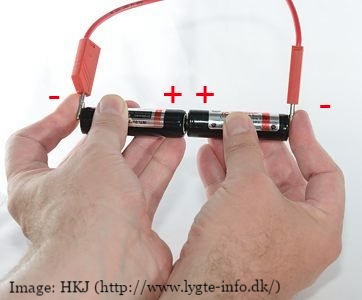Hello guys,
I just wanted to let you know my woes, and what I am doing to try and solve the problem.
I bought 4x UltraFire 6000mAh (blue) 26650's for my 4-battery A-LETO LED flashlight. I pre-charged all the batteries on a Nitecore D4 (which has 4 smaller slots, but 2 large batteries can be charged without problems). All was great, lots of power on that Flashlight.
Then one night I had to re-thread my winch in my 4x4, and I decided to use the flashlight as a lightsource. I was fiddling around for like 45 minutes, and then the light started slowly fading. Eventually, after 10 more minutes it faded completely. Since I don't know much about Li-ion batteries, I had no clue that you should not under-charge them under a certain voltage. I am used to the old NiCads where you depleted them totally on purpose, so they could take a full charge.
Anyway, took the batteries out, and one of them read 0.00 volts, and would not charge. I didn't know about the voltage protection, so I stashed it into the "dead battery" bag. So, I went and bought 2 Trustfire 5000mAh (they are black and red and gold), and decided to put in 2 and 2 into the flashlight.
After another day at home cleaning under the kitchen, the same thing happened. Took them out, and voilla, another one of the UltraFire 6000mAh is dead.
And that's when I arrived at this thread here.
I am trying jumpering now, i.e. using a charged battery to "wake up" the dead ones. But so far zippo. I am measuring the voltage of the jumpered pair every few mins, and it still reads 4.16v . One would expect, IF the dead one would actually charge up, to lower the total voltage of the pair to some average.
So, I suspect neither of the dead batteries can be recovered. They are like an open circuit, i.e. 0.00v
Time to send the batteries to the manufacturer, painted as sticks of TNT with an old russian TIMEX wired to them ?
LOL


